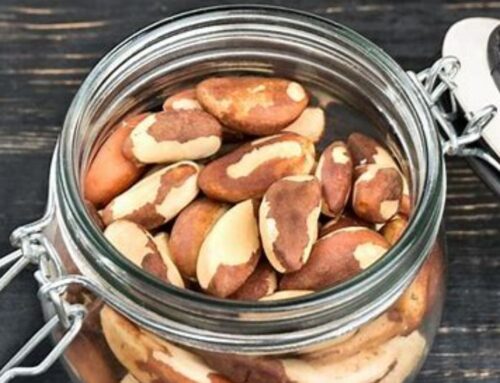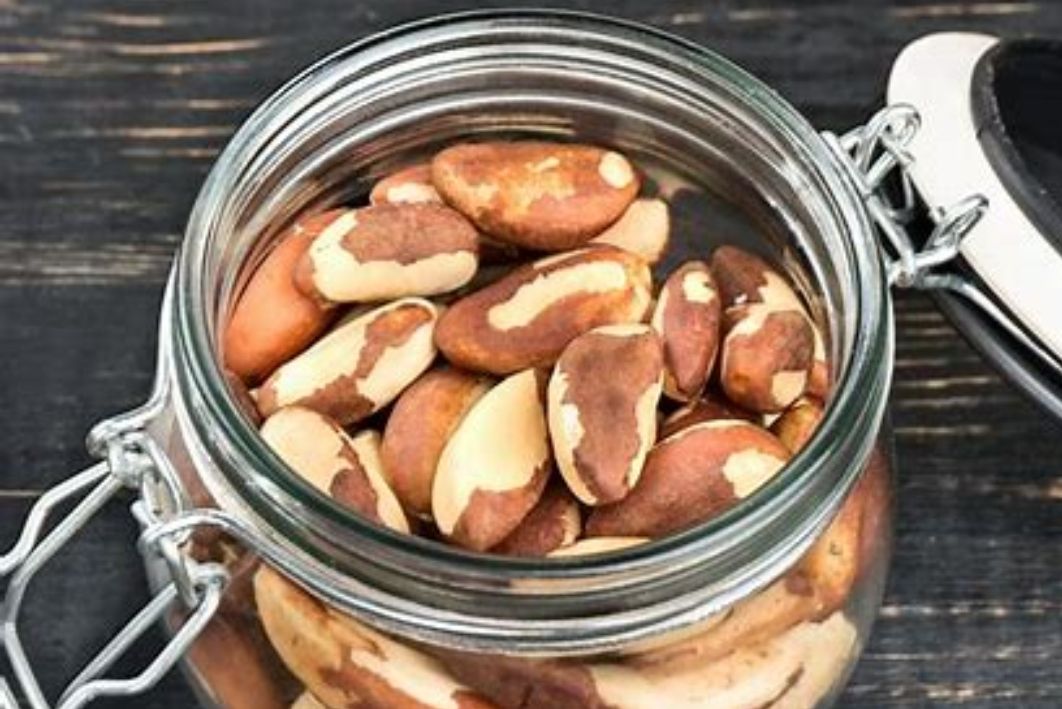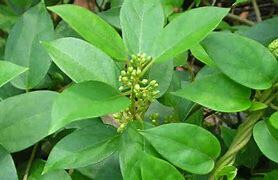GUDMAAR
This amazing herb is known as Madhunashini in Sanskrit, Gurmar or Gudmar in Hindi, all of which literally means one that destroys sugar. It is a key herb in several ayurvedic formulations such as Ayaskrti, Varunadi kasaya, Varunadighritam, Mahakalyanakaghrtam, etc.
In the Indian sub-continent, this herb goes by the name Gurmar, Kavali, kalikardori, Dhuleti, mardashingi, Shirukurum Kaay, Shakkaraikkolli, Podapatri, Sannagerasehambu, Kadhasige, Kannu Minnayamkodi, Passaam, Shirukurinja, and Gurmaar Buuti
translates in English to sugar killer, and that’s exactly what this formidable plant does, which is why it is so highly prized for its anti-diabetic properties. This article looks at the various aspects of this plant and how you can incorporate it into your anti-diabetic regime.
Gudmar or Gymnema Sylvestre, to give it its official name, is a perennial plant, native to India, Africa, and Australia. It is a popular Ayurvedic herb valued for its many medicinal and healing properties, which come from its leaves, and flowers that bloom through the year.
Gudmar’s potency comes from its high content of gymnemic acid, a bioactive compound that interacts with taste receptors to suppress the taste of sugar. This action gives its name of sugar destroyer and accounts for its role in diabetes treatment.
The herb is also widely used in Unani and Homeopathy to treat problems like diabetes, urinary disorders, obesity, breathing problems, ulcers, cough, eye issues, and snakebite.
Gudmar Benefits
Gudmar is imbued with a variety of health-enriching compounds, such as triterpenoid saponins of gymnemic acid A, B, C and D, galacturonic acid, ferulic and angelic acids. Just chewing the fresh leaves can temporarily paralyze taste buds through the effect of saponins on the taste buds.
The leaves also contain betaine, choline, gymnamine alkaloids, inositol, and d-quercitol, which are commonly used in supplements that fight obesity.
This powerful herb possesses several medicinal properties. It is anti-diabetic, anti-obesity, anti-microbial, anti-hypercholesterolemia, a strong digestive, and an all-around sweet suppressor.
- Destroys Sugar Craving
Gudmar has an amazing ability to reduce cravings for sweets. It does this by altering the perception of sweetness. Many traditional medicinal preparations prescribe gudmar leaves to patients to combat their sweet cravings by making the sugary treats less appetizing.
- Controls Diabetes
Gudmar’s exceptional anti-diabetic properties make it effective in flattening blood sugar spikes and overcoming metabolic syndrome. It improves insulin response to food, reducing the need for insulin and/or oral hypoglycemic medicines.
Gudmar also helps reduce postprandial blood sugar by blocking receptors in the intestine and lowering sugar absorption. In addition, it is said to also have the ability to restore insulin secretion from pancreatic beta cells and also undo damage to the beta cells.
- Promotes Weight Loss
Gudmar extracts, when taken before a meal, reduce food intake by triggering satiety feelings in the Central Nervous System. This makes it an effective anti-obesity herb, helping users to shed excess weight. In addition, the supplement helps regulate stress, reverse disrupted sleep, and balance cortisol levels.
- Prevents Oxidative Damage
Gudmar is a storehouse of —including beneficial tannins and saponins—that work to lower inflammation, effectively reducing the risk of chronic diseases.
It helps neutralize free radicals that create oxidative stress and damage healthy cells. This action helps the body regulate its immune response and keep infections at bay.
- Boosts Heart Health
Gudmar helps reduce the effect of harmful cholesterol (LDL) and triglycerides. It has an anti-atherosclerotic action that prevents the formation of plaque in the arteries, which lowers the risk of heart attack and stroke.
- Improves Liver Health
Gudmar possesses hepatoprotective properties, which help in safeguarding liver health. The leaves are extensively used in traditional medicinal preparations for treating jaundice, reducing the intensity of symptoms of jaundice, and speeding up recovery.
Other Health Benefits of Gudmar
Gudmar leaves are commonly used to treat stomach problems, constipation, and fluid retention.
The flowers, fruits, and leaves can all be used to treat and regulate blood pressure, as well as heart ailments like tachycardia and arrhythmias
Extracts of its flower and leaf are used to maintain eye health and good vision.
Gudmar plant’s bark is said to be effective in healing piles.
The leaf juice can be used to treat oral problems, including dental plaque, phlegm, and infections of the respiratory tract.
Gudmar Preparation
Gudmar decoctions are simple to prepare. All you need are 10-20 leaves. Boil these for about 5 minutes and let them steep for about half an hour. Once the libation cools down you can drink it.
Dosage
The dosage of gudmar formulation may vary from person to person depending upon the age and nature of the health condition. It is best to seek advice from an ayurvedic practioner, as he or she will assess the indications and prescribe the correct dosage for a specific period of time.
Gudmar Churna – ¼ – ½ teaspoon twice a day.
Gudmar Capsule – 1-2 capsules twice a day.
Gudmar Tablet – 1-2 tablets twice a day.
Side Effects
Gudmar extract when taken in excess amounts may lower the blood pressure and also lead to nausea, headache, dizziness and light-headedness.
Traditional Uses Of Gudmar
Gudmar tea is used since times immemorial for curing several health anomalies. Brew gudmar leaves for about 5 minutes and then steep for 10-15 minutes before drinking. Some of the incredible uses of this tea include:
Leaves are chiefly used for curing stomach woes, constipation and fluid retention.
Flowers, fruits and leaves are all used to treat uncontrolled blood pressure, tachycardia and arrhythmias
Both the flower and leaf extracts are valuable to boost eye health and maintain good vision.
The bark of plant is effective in healing piles.
Gudmar leaf juice is best to treat dental plague, phlegm and respiratory infections.





